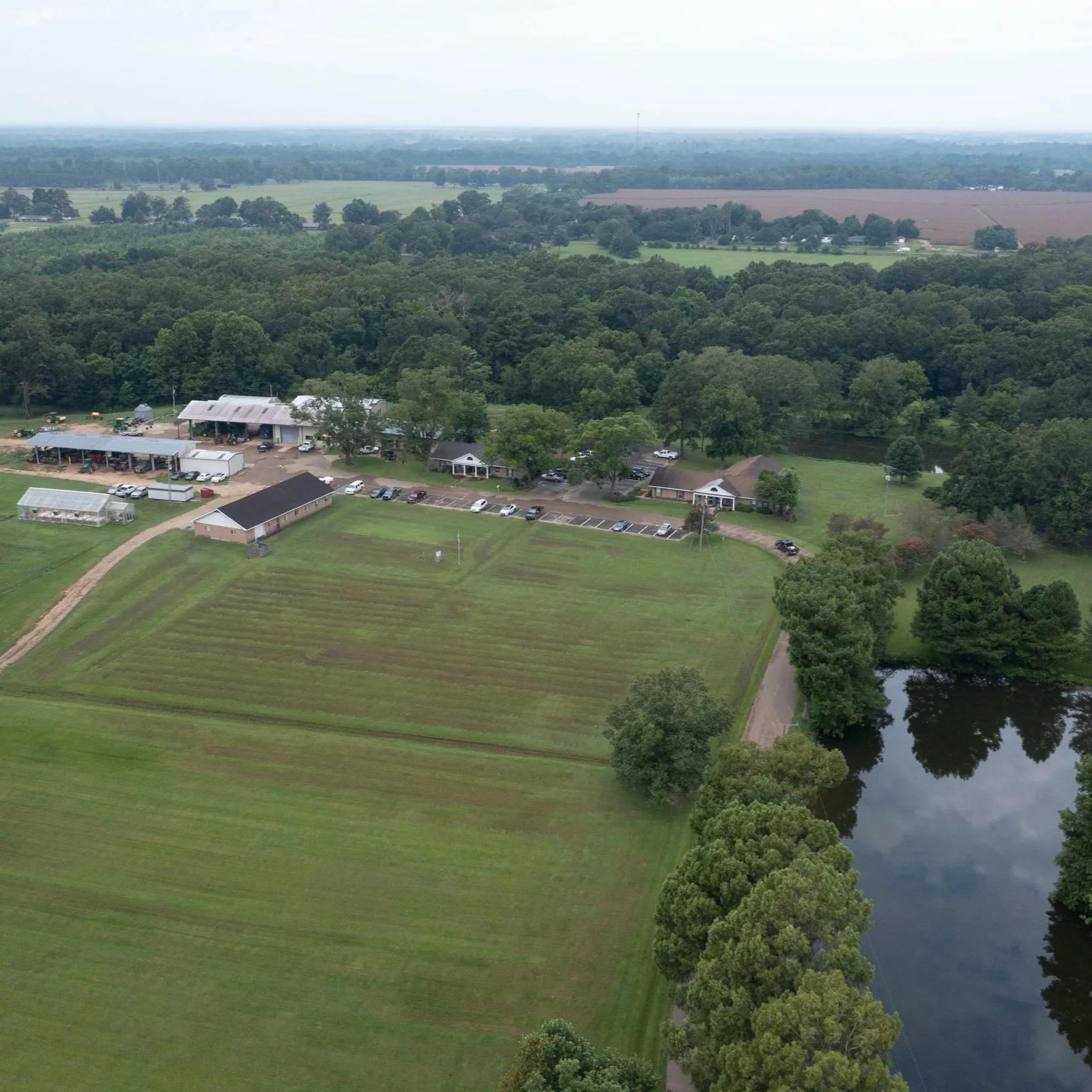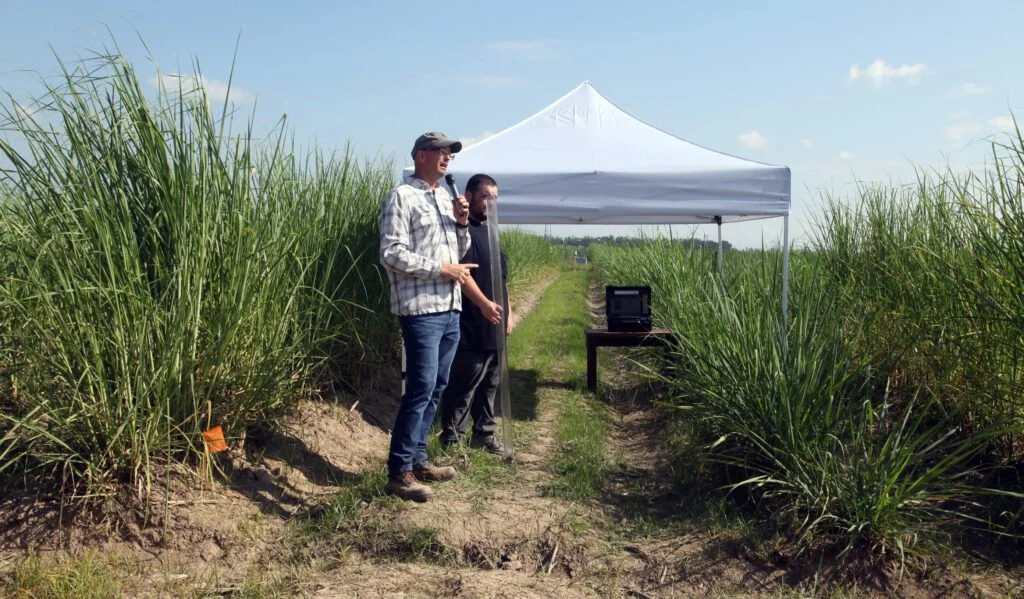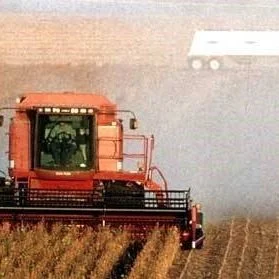Southern Louisiana is experiencing one of its hottest and driest summers in recent history which has affected one of Louisiana's biggest industries, rice farms.
Read MoreThe LSU AgCenter is receiving $4.02 million from the Centers for Disease Control and Prevention (CDC) for the five-year High Obesity Program (HOP). The program funds universities working with local cooperative extensions in mostly rural counties where 40% or more of adults have obesity.
Read MorePreparing young people for careers in agriculture is the goal of the new LSU AgCenter internship program.
Tara Smith, executive associate vice president and director of the Louisiana Cooperative Extension Service, said the idea is to allow college students to experience what the job of an extension employee entails.
Read MoreThe Dean Lee Research and Extension Center just south of Aleandrai will host an Agronomic Crops School August 3 from 4 to 7 PM. The program will be held at the state evacuation center, adjacent to the LSU-A campus.
Subjects include Commercially Available Seed Treatments and soybean nodulation…disease management programs in soybean, corn and grain sorghum…sprayer drone application in crops…the role of sprayer drones on insect pest management and field crops…weed control following Dicamba—or Glyphosate-based programs.
A sponsored meal will be provided.
For more information contact Dr. Daniel Stephenson at (318) 473-6520 or dstephenson@agcenter.lsu.edu.
Read MoreFor 15 years, the LSU AgCenter LaHouse Research and Education Center has been helping Louisiana build smarter, stronger and more resilient homes, and recover from storms. On July 20, the center celebrated its 15th anniversary of service to Louisiana on the grounds of its demonstration home on the LSU campus.
Read MoreOne may think that a lack of new varieties being announced at the annual LSU AgCenter sugarcane field day would mean that research efforts have slowed down, but the opposite is true. It means the science is working.
Read MoreVolume 13, Issue 5—July, 2023
Read MoreWith his one-year anniversary of serving as LSU vice president for agriculture and dean of the College of Agriculture approaching, Matt Lee said agricultural research and education is entering a new era in Louisiana — one he hopes will be marked by unprecedented scientific innovation and a recommitment to helping the people of the state live better lives.
Read MoreThe Scott Research, Extension & Education Center in Winnsboro will host a soil fertility and nutrient management field day Thusday, July 27, from 8 AM until 1 PM.
Read MoreThis policy newsletter provides a summary of the recent ag-policy related developments from the previous quarter.
Read MoreA field tour to display research being carried out at the LSU AgCenter’s St. Jo location is set for Tuesday, July 25, starting at five o’clock.
It will feature talks on row spacing, fertility, weed control, disease and insect control. There will also be one stop showing the difference between planting cotton into two different cover crops.
Read MoreThe United States Department of Agriculture’s Sugarcane Research Unit in Houma hosted a June 1, 2023 sugarcane field day at its Schriever farm to highlight its centennial of cane research activities in Louisiana.
Read MoreIt is important to follow the label when applying any pesticide, including those labeled for harvest aid in soybean. Some restrictions found on harvest herbicide labels include soybean growth habit (indeterminate versus determinate), growth stage, percent mature pods and percent leaf drop. It is important to follow restrictions on spray volumes and preharvest intervals. Table 1 list herbicides that are labeled for preharvest application in soybean.
Read MoreRecently, there have been increased reports of corn earworms infesting soybean fields across the state. Corn earworm (aka bollworm or soybean podworm) can cause occasional but severe damage to soybean. The primary damage caused by corn earworm occurs during the larval stages when the insect feeds on the soybean flowers and pods. This feeding activity leads to direct yield losses as pods abort, or the larvae consume or injure developing seeds.
Read MoreThe reniform and Southern root-knot nematodes are the two most common nematodes found in Louisiana agricultural fields. These microscopic animals can cause big yield losses, and one scientist with the LSU AgCenter is working on solutions to this problem. AgCenter reporter Craig Gautreaux has the story.
Read More














